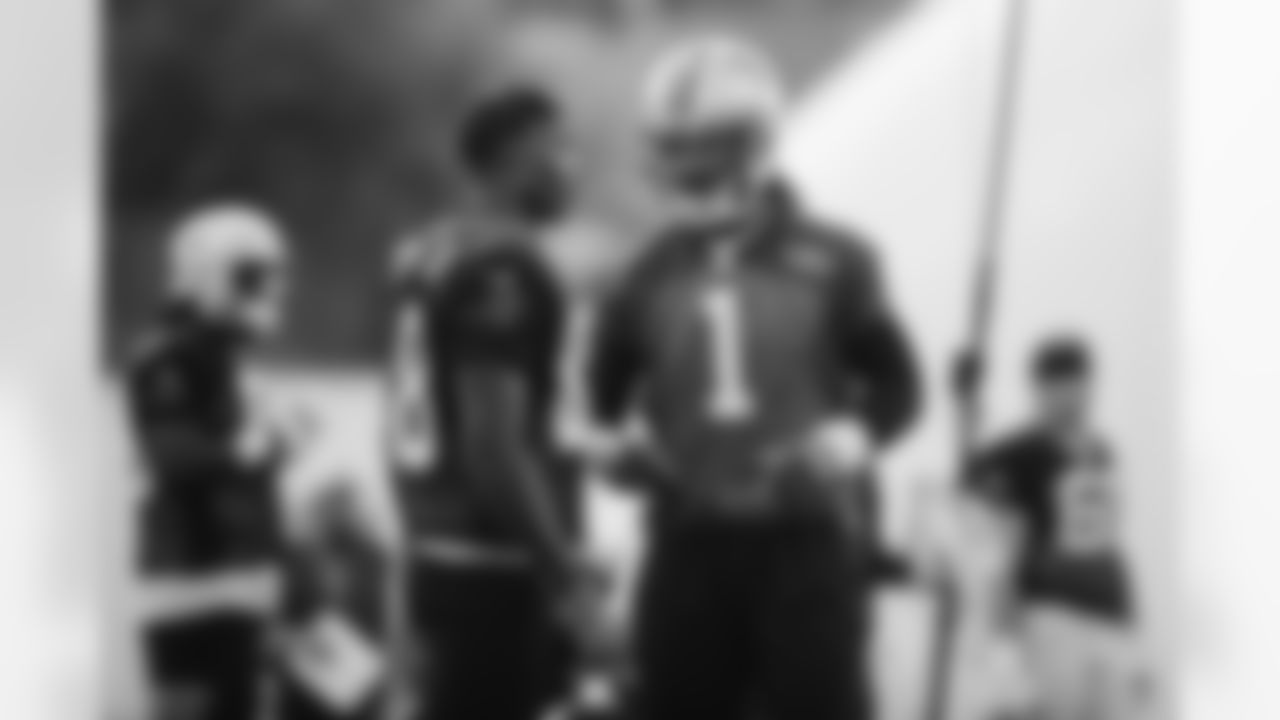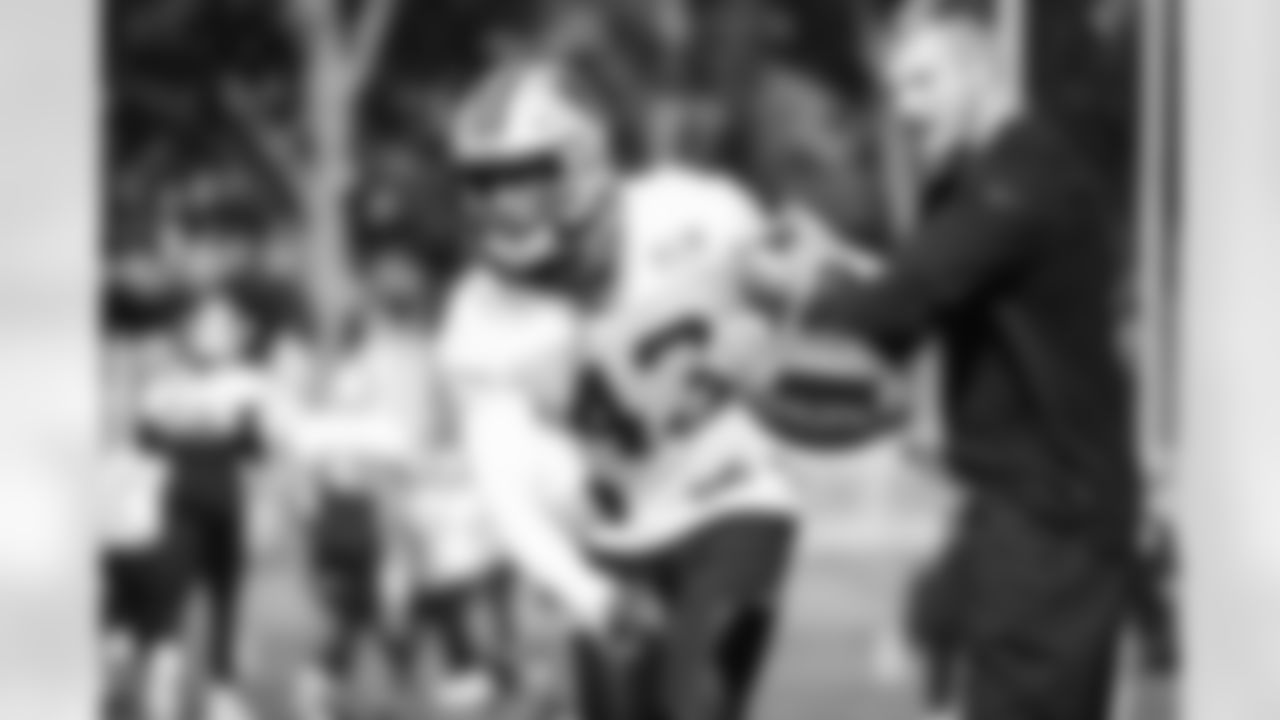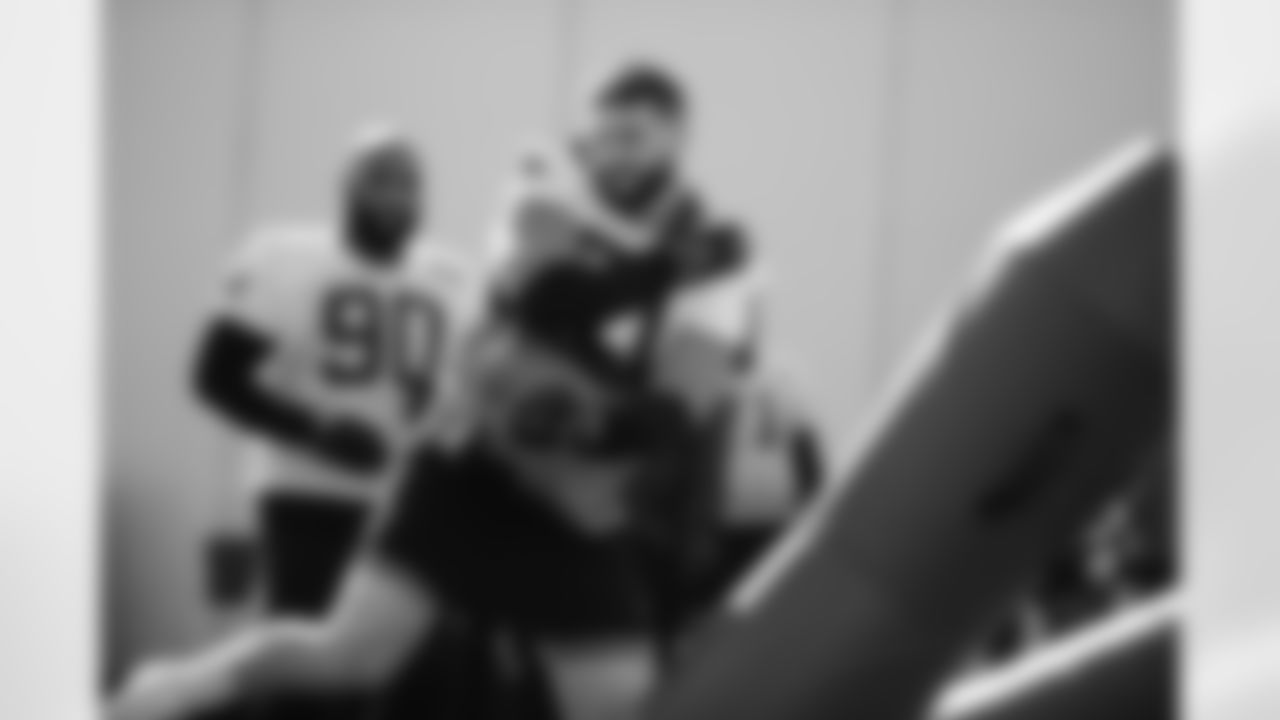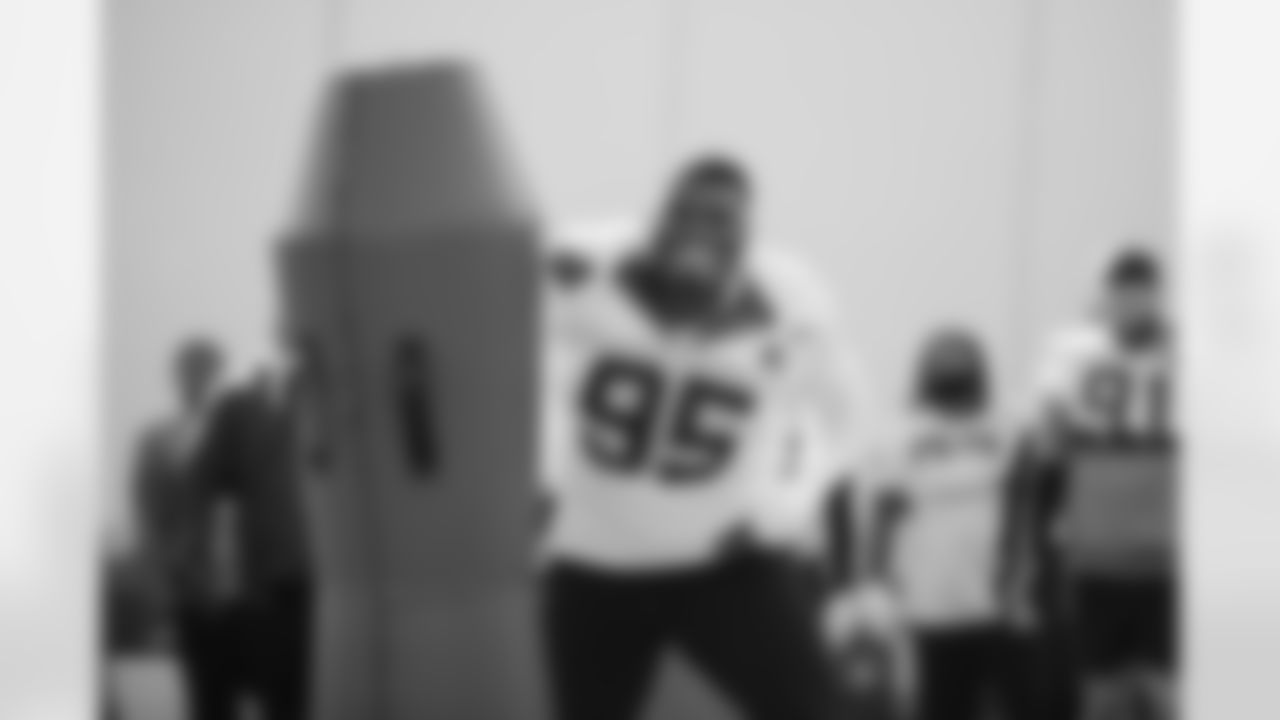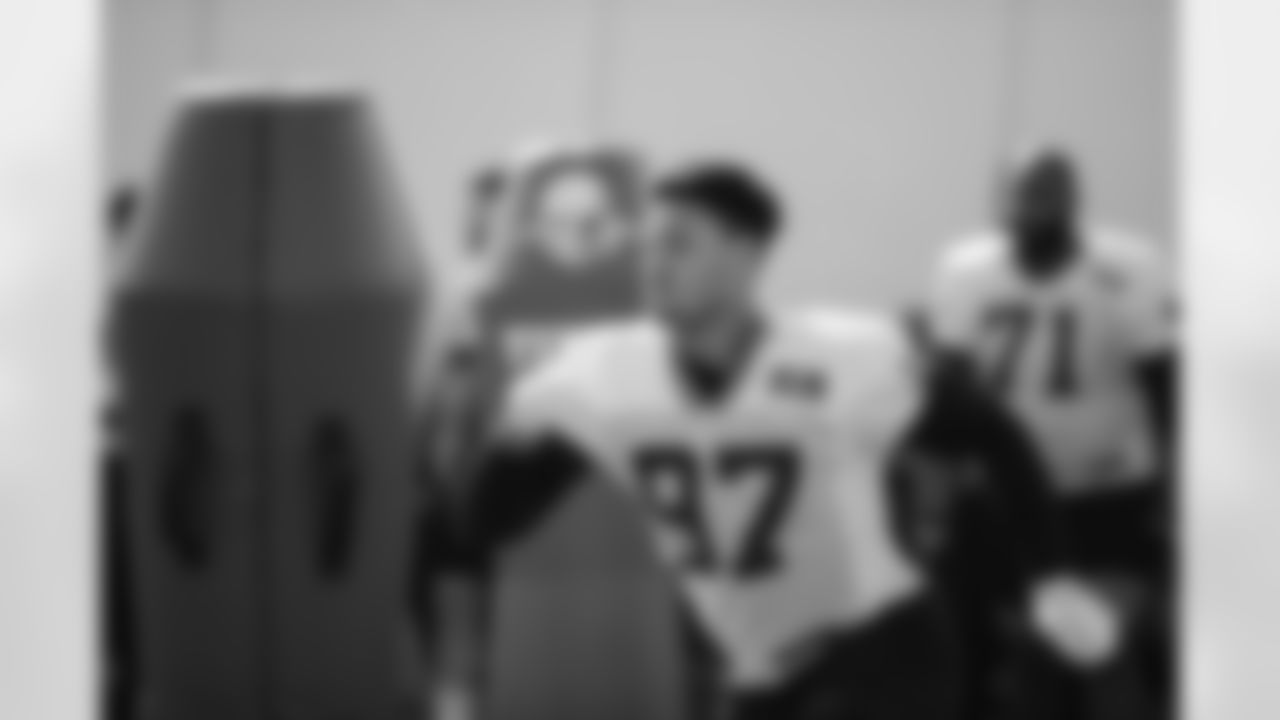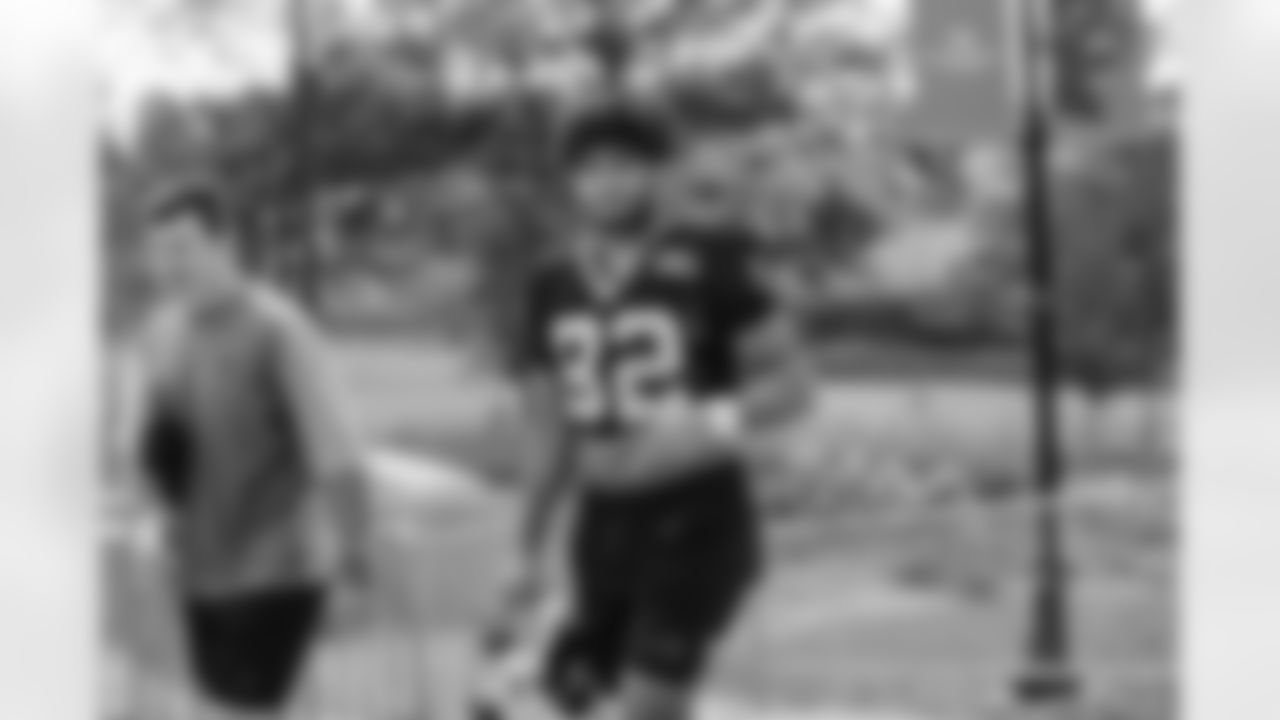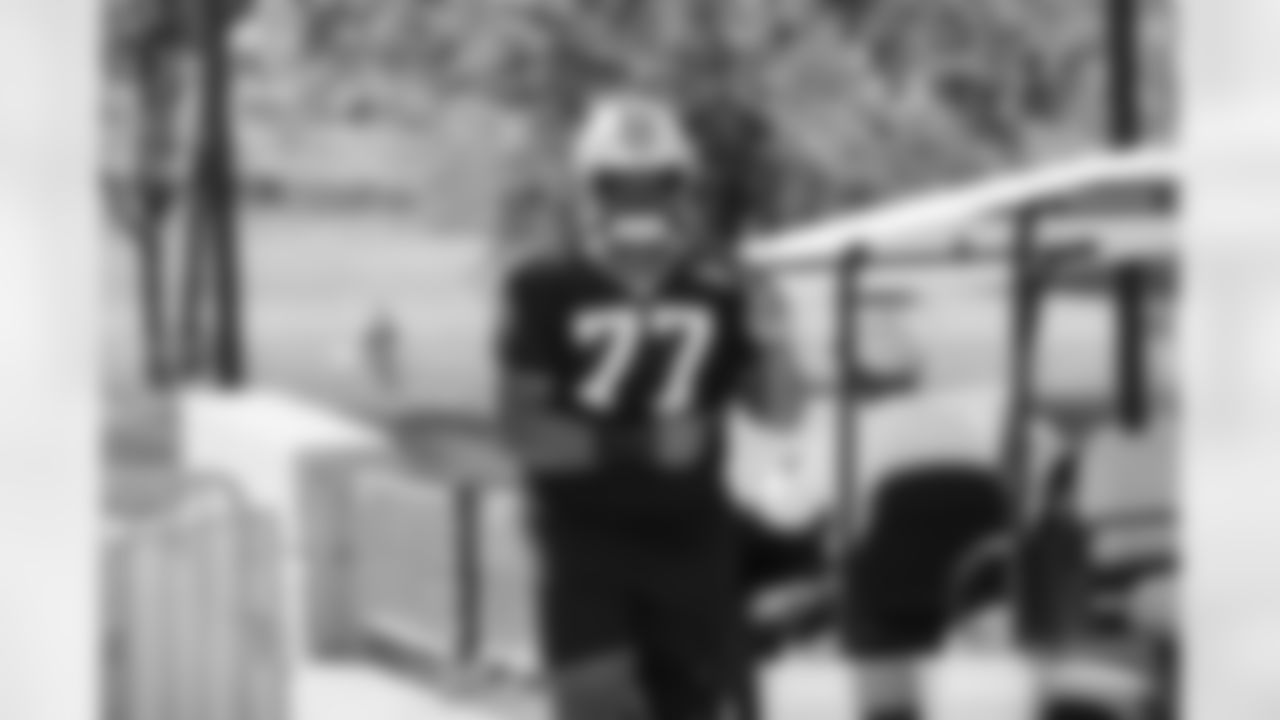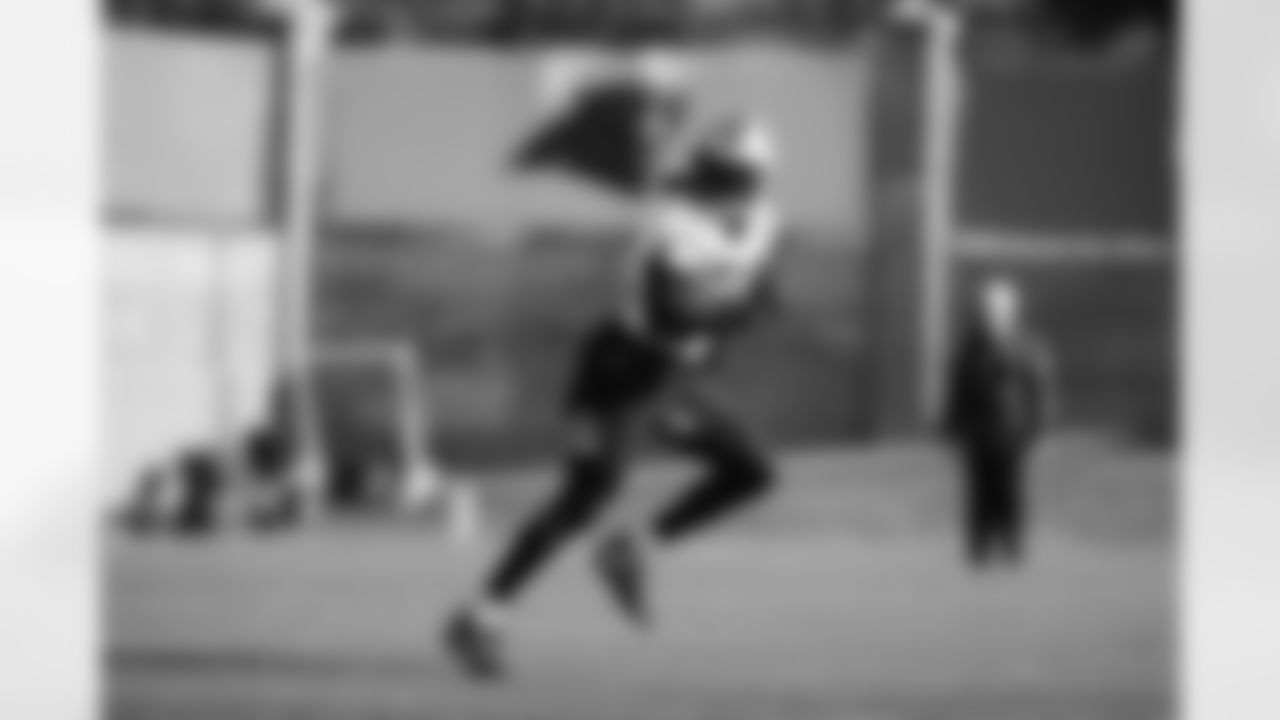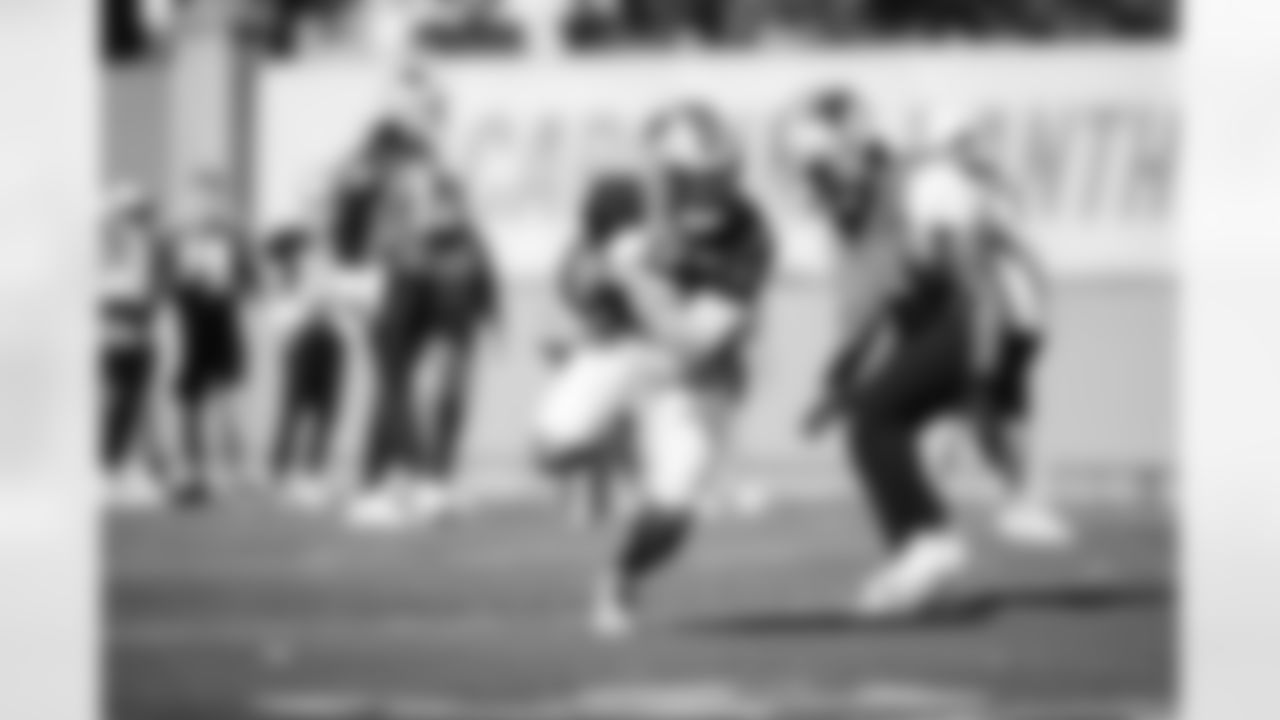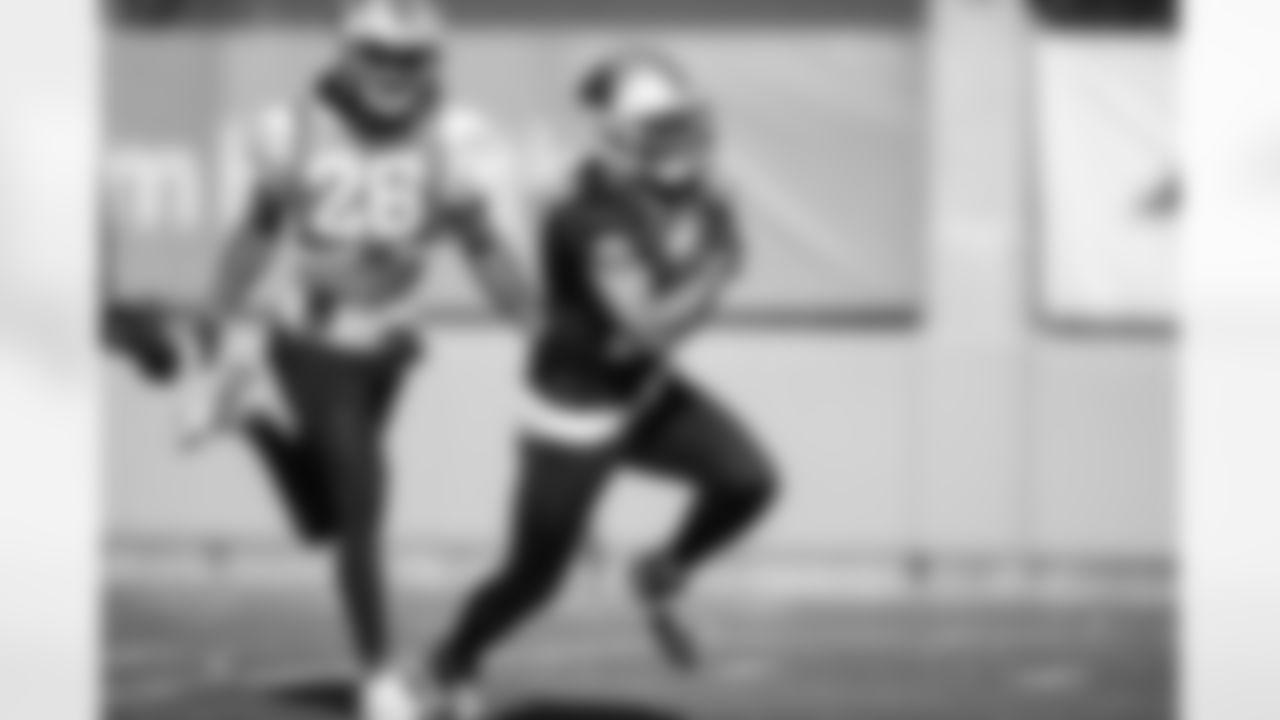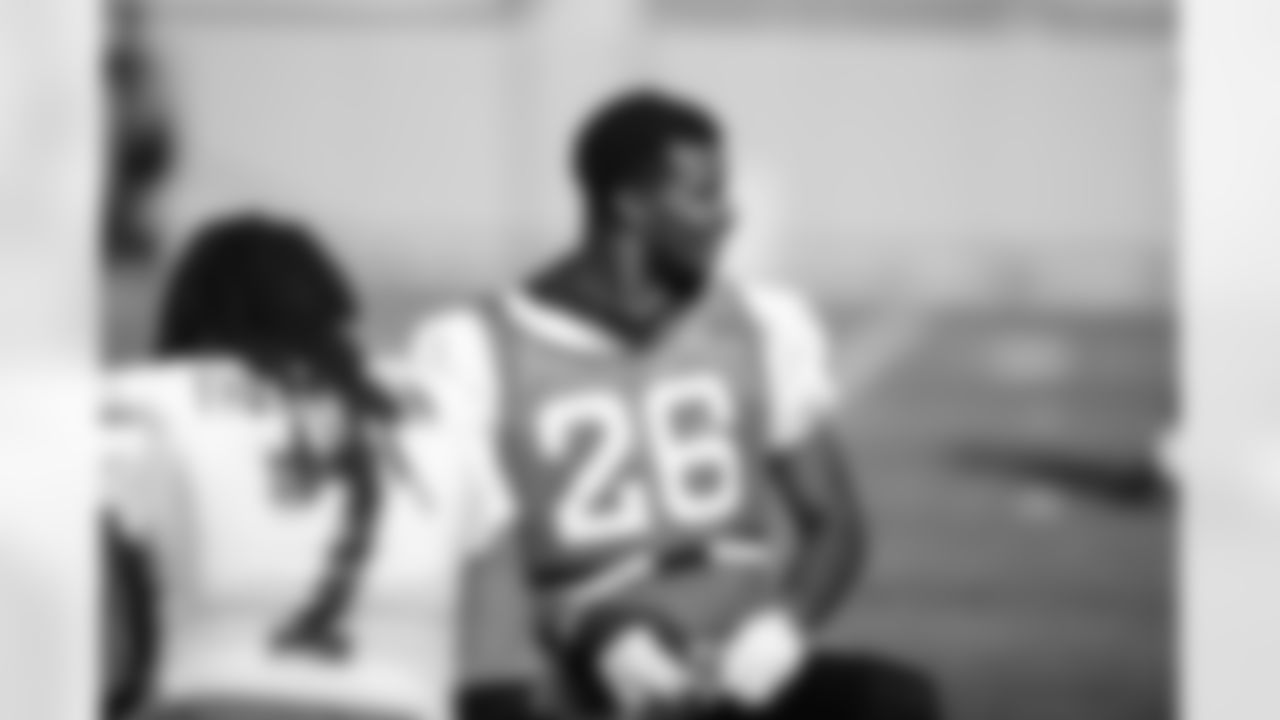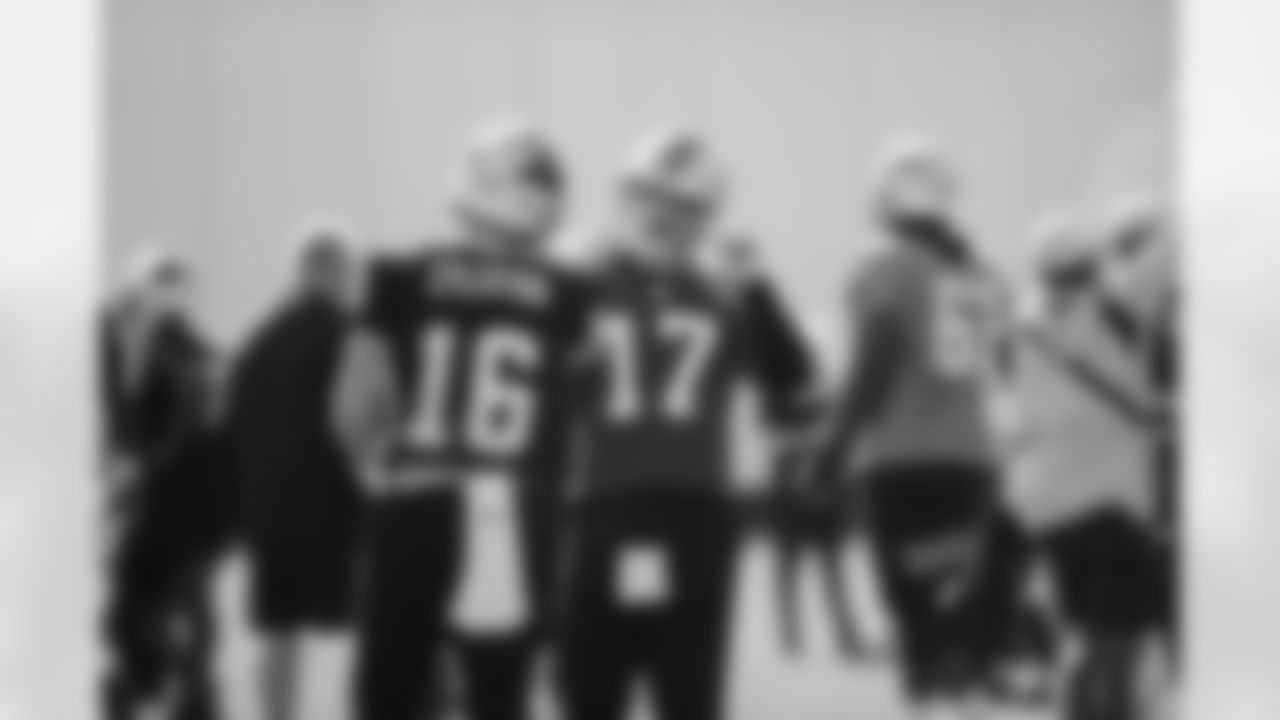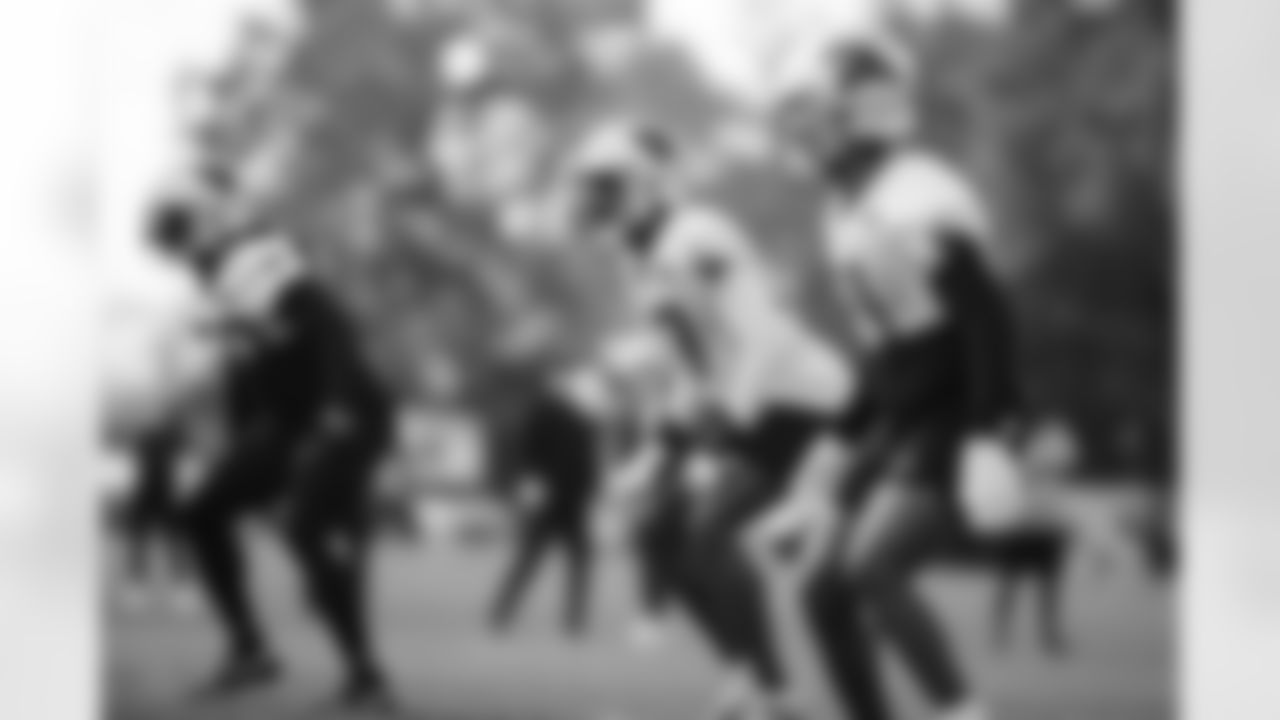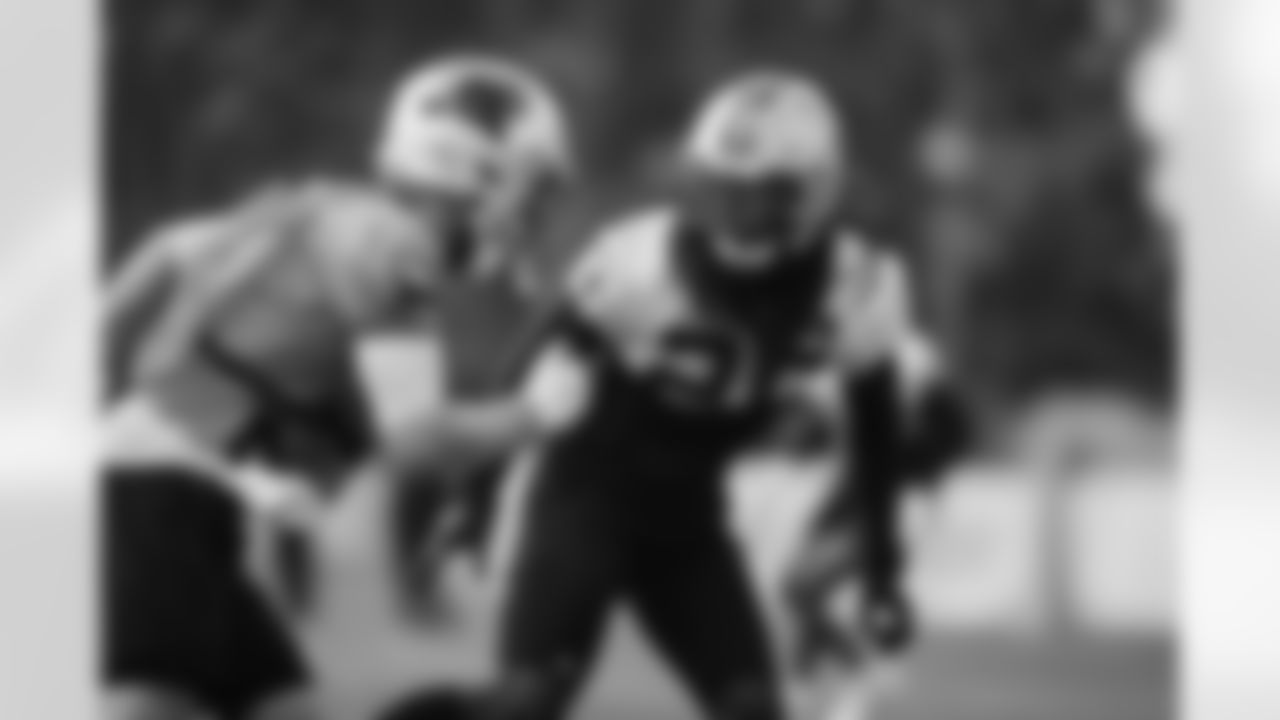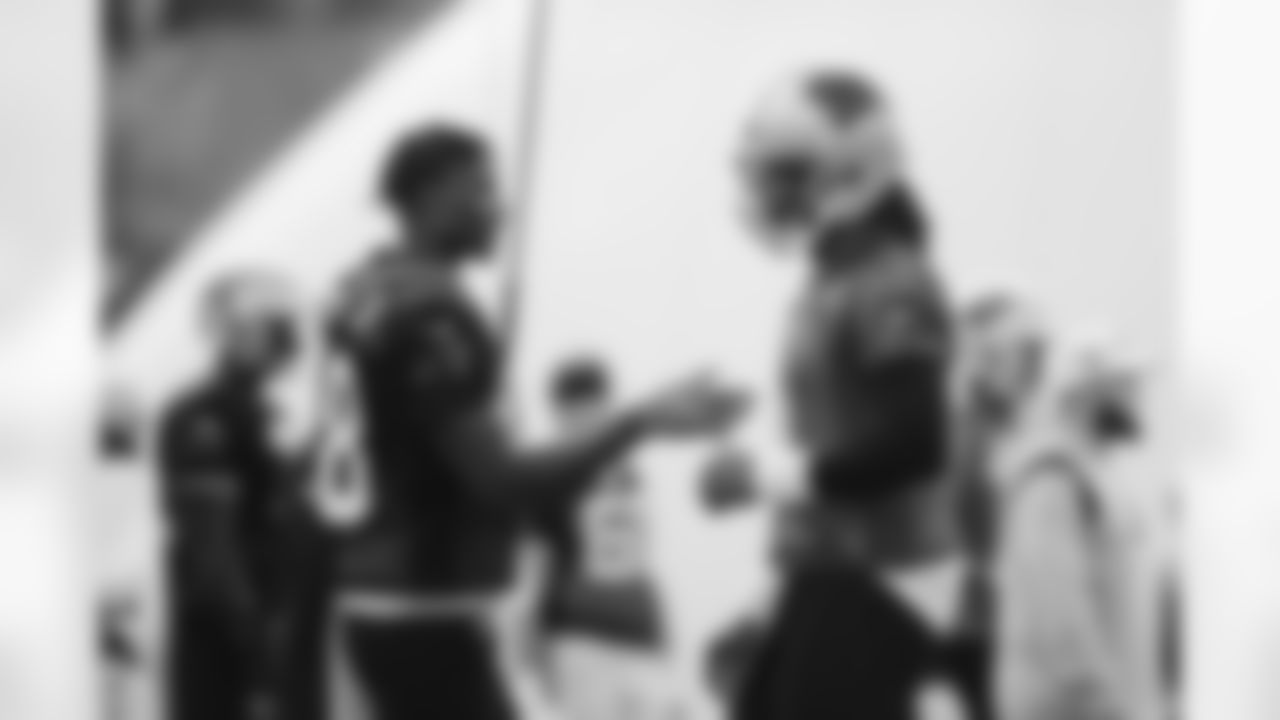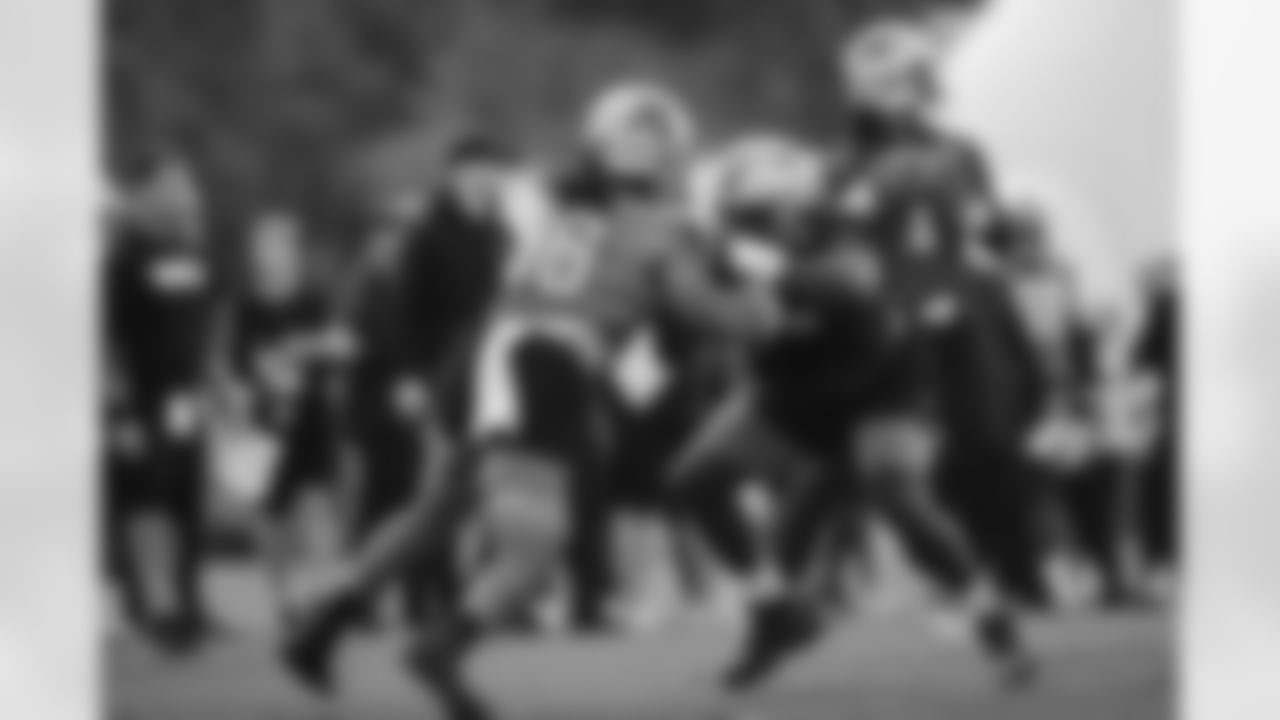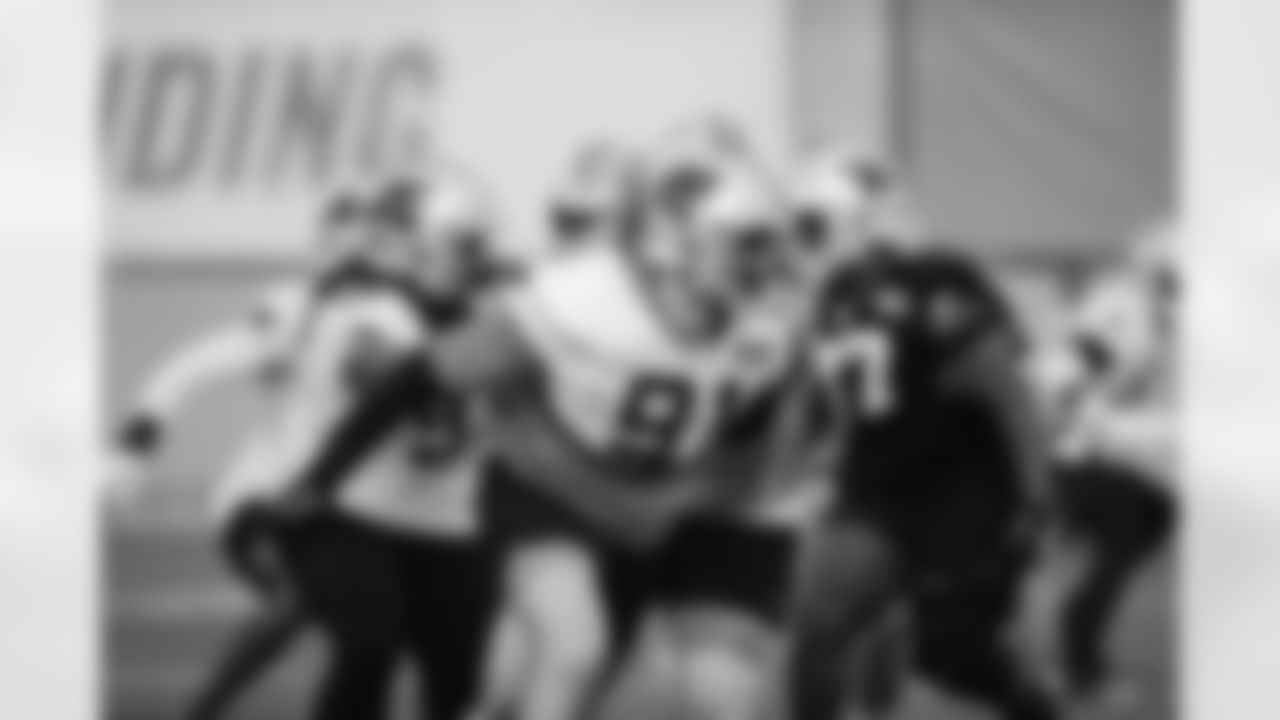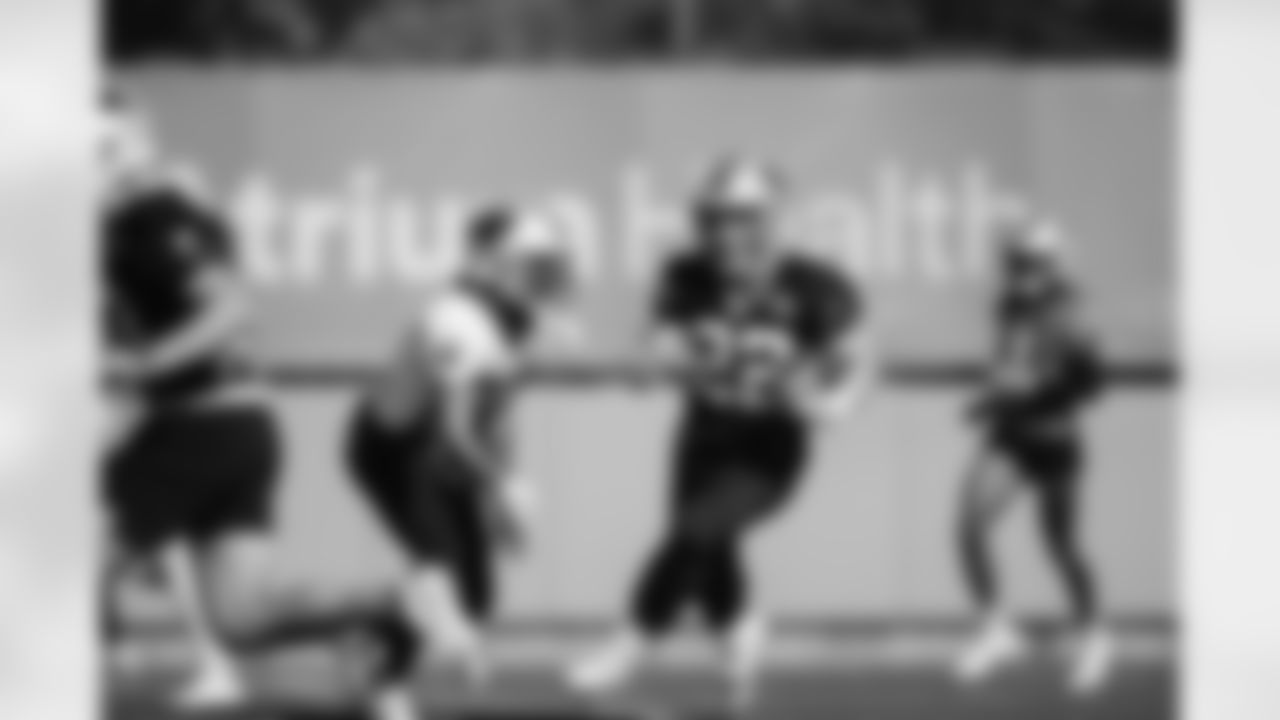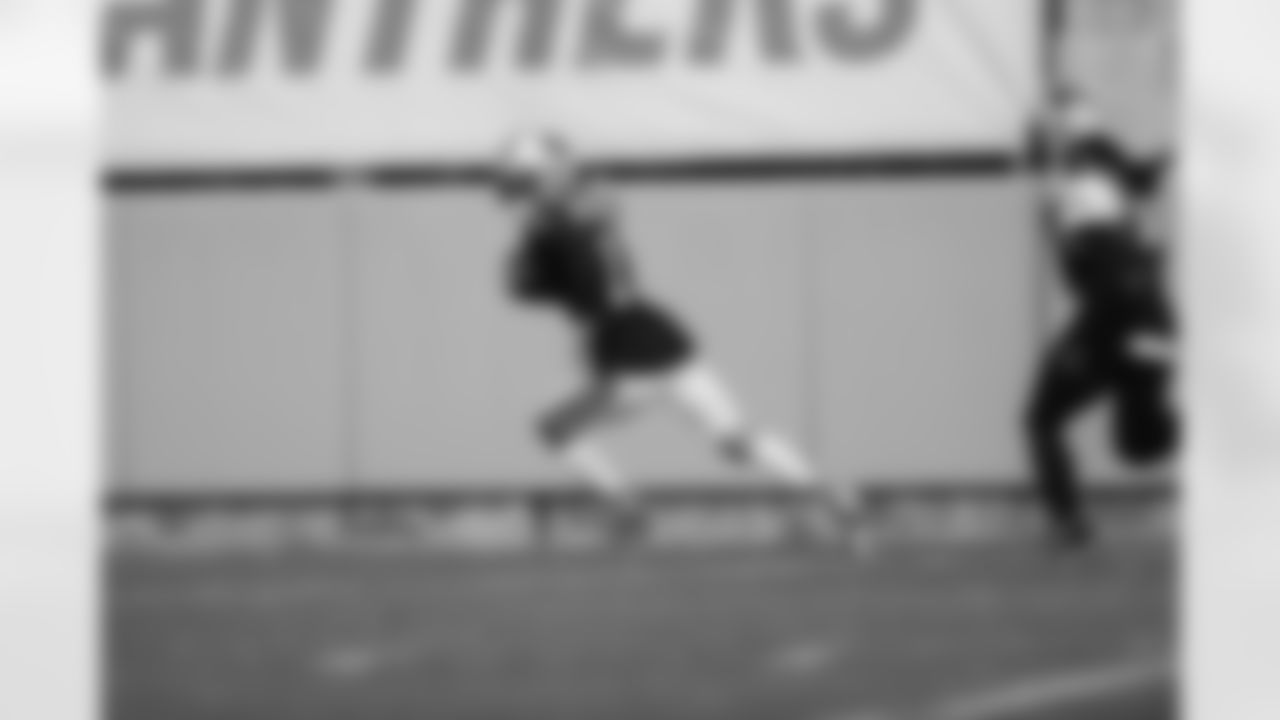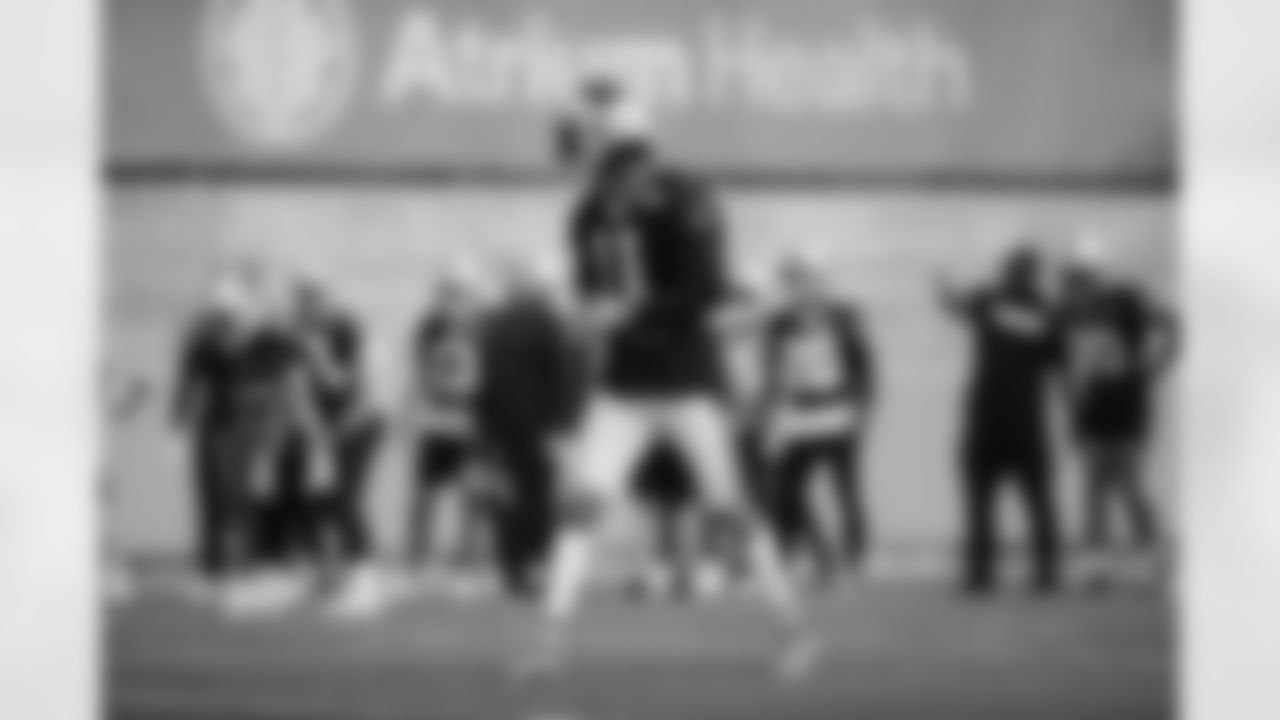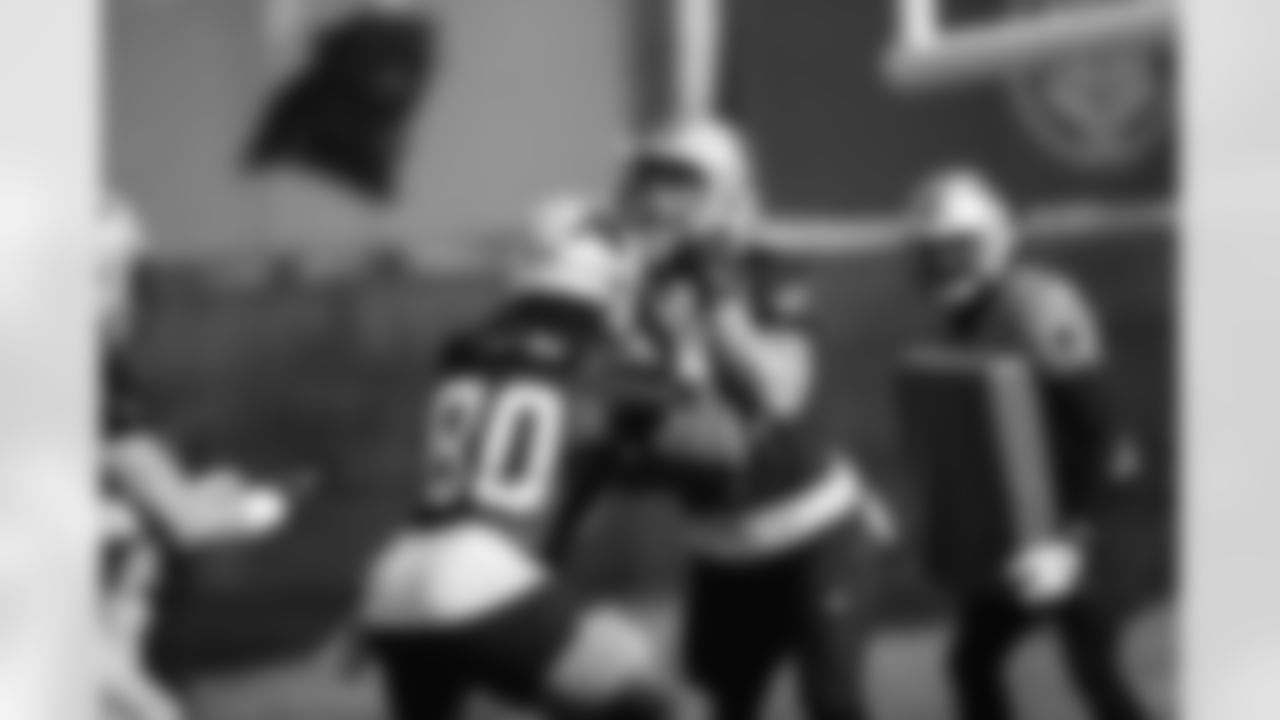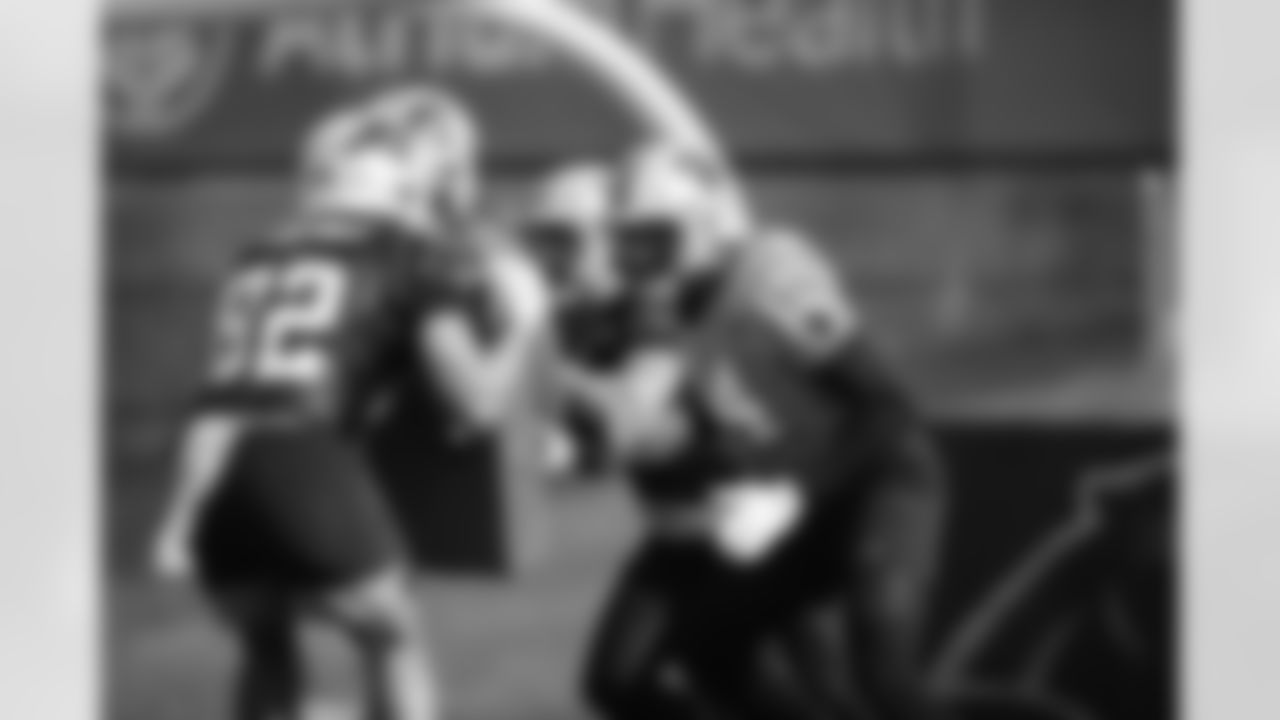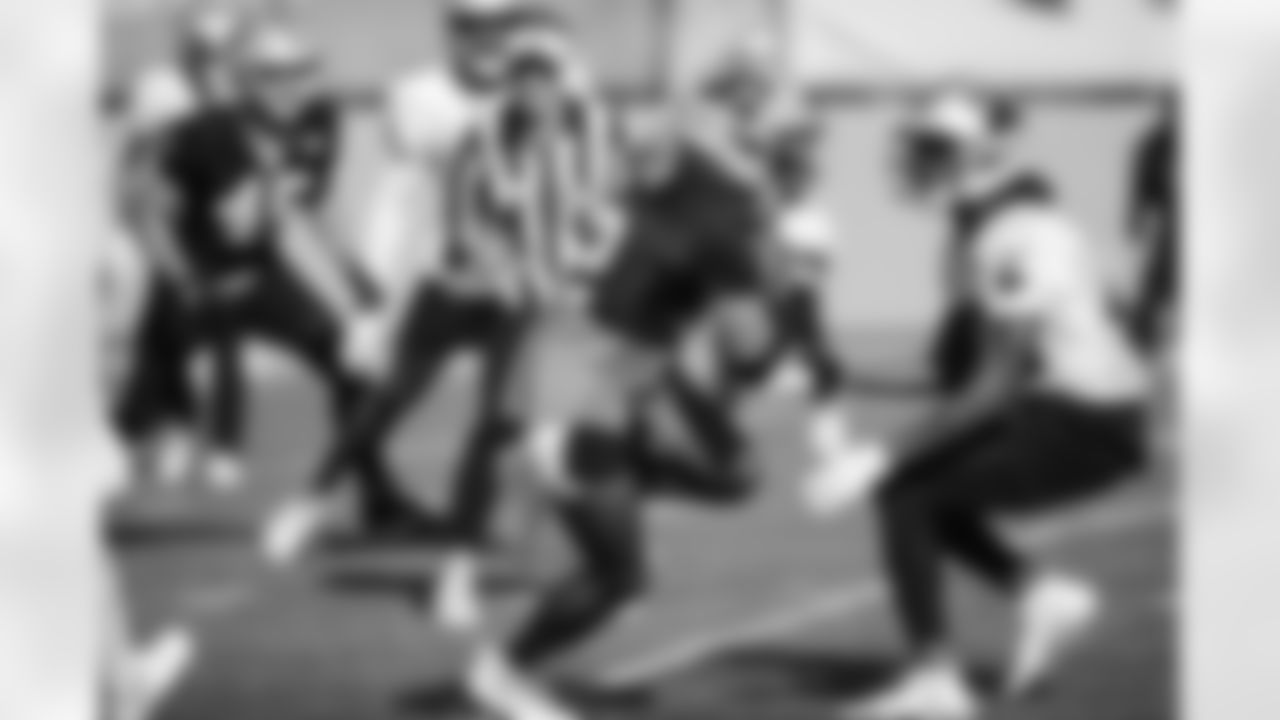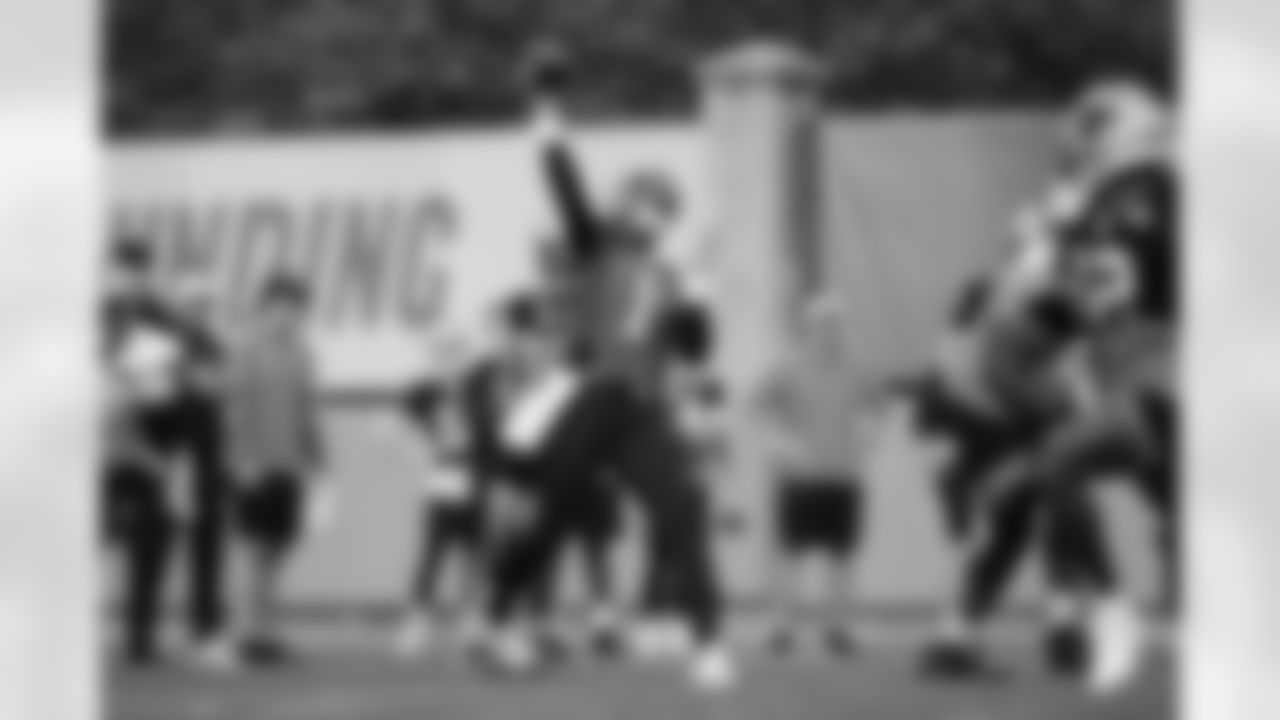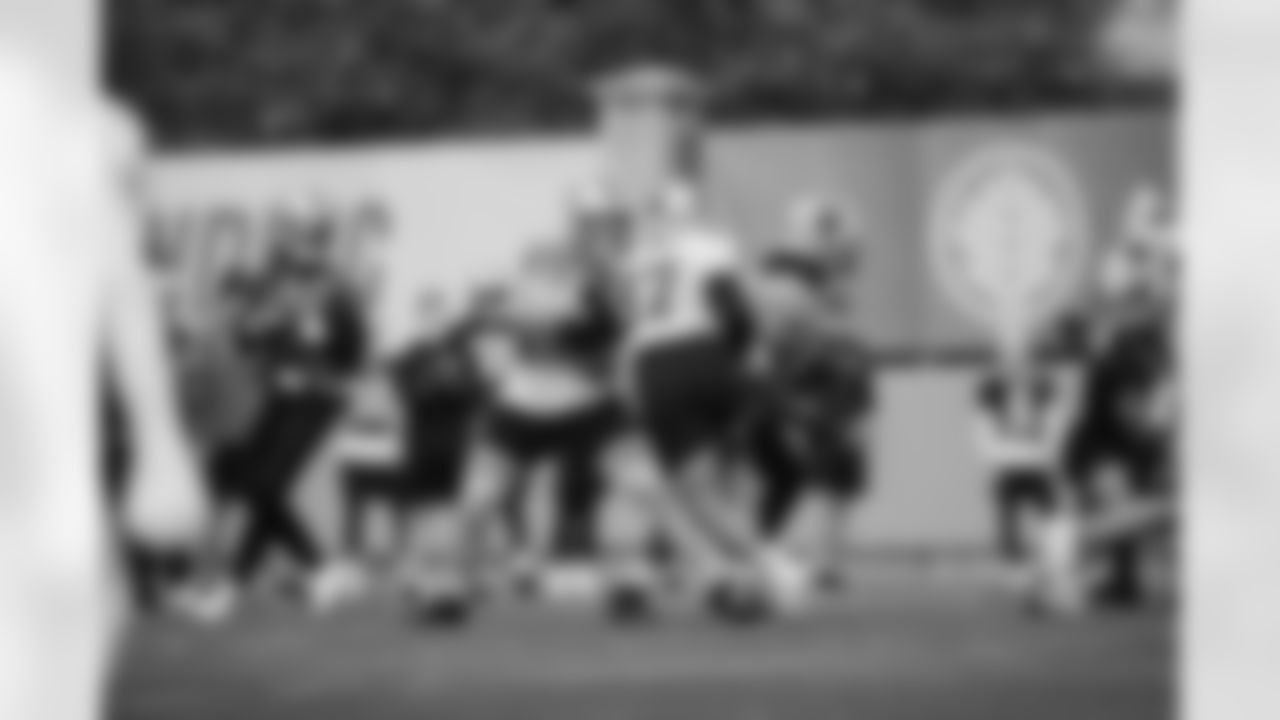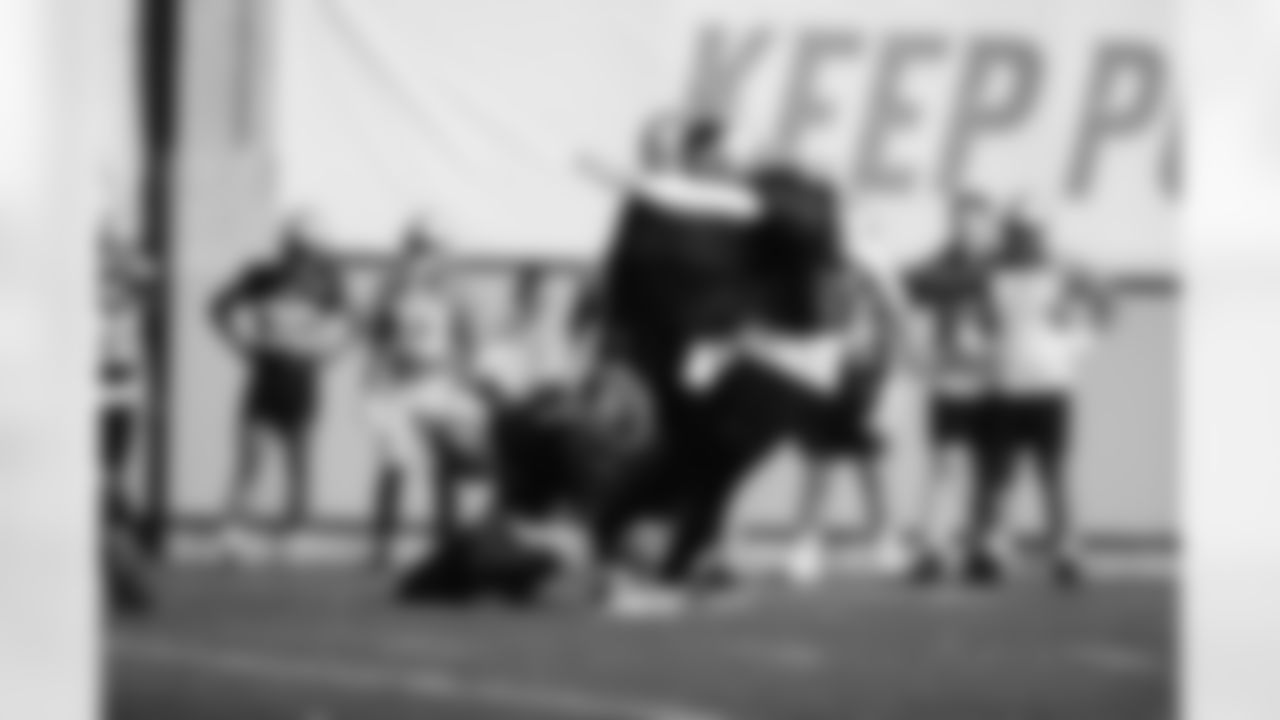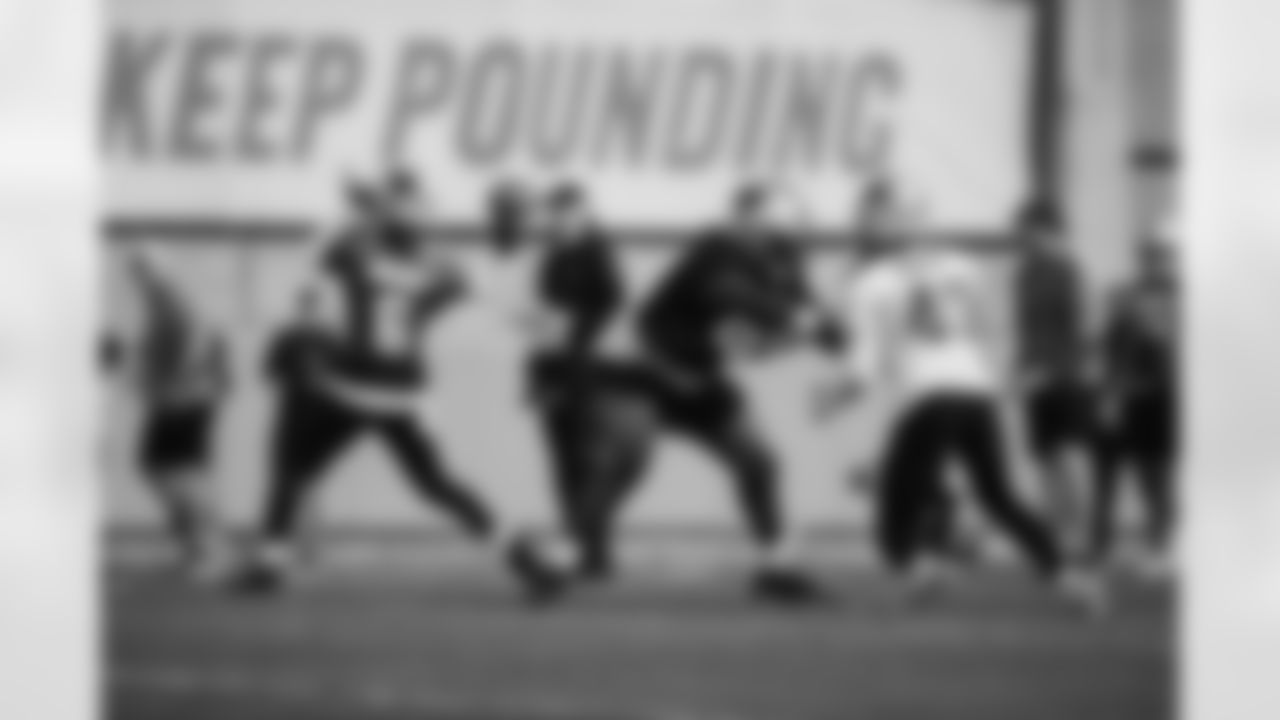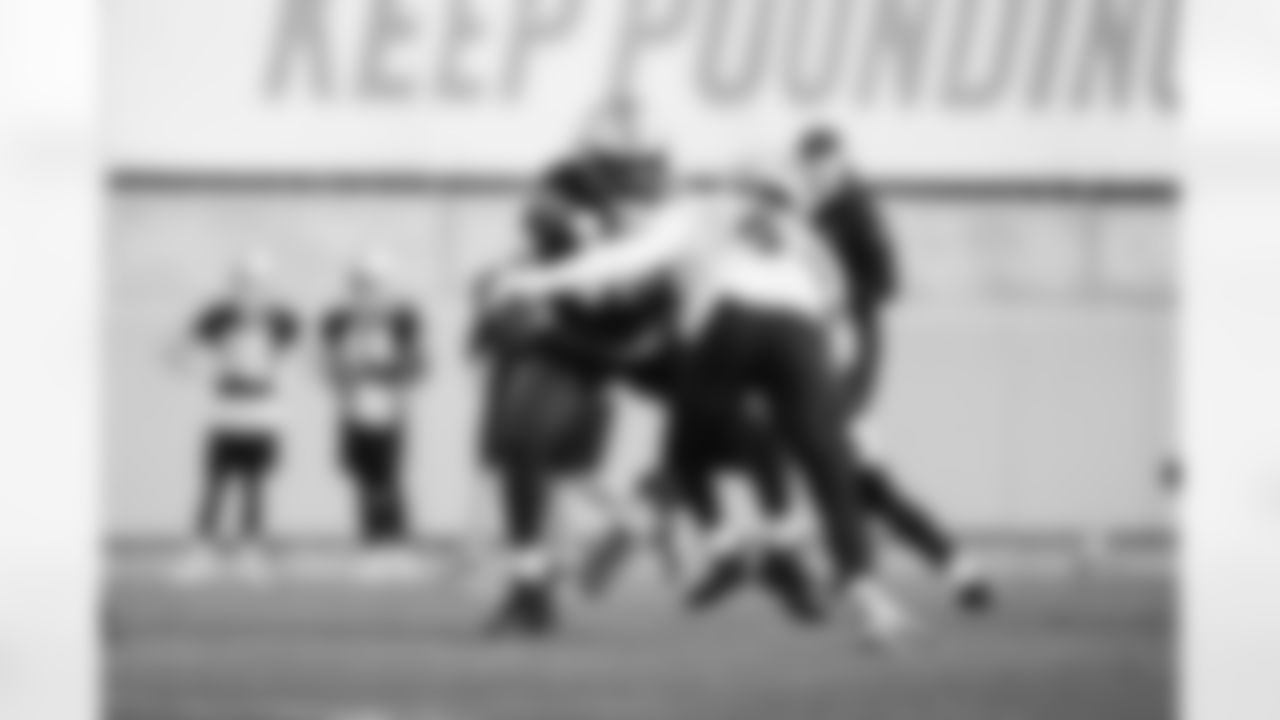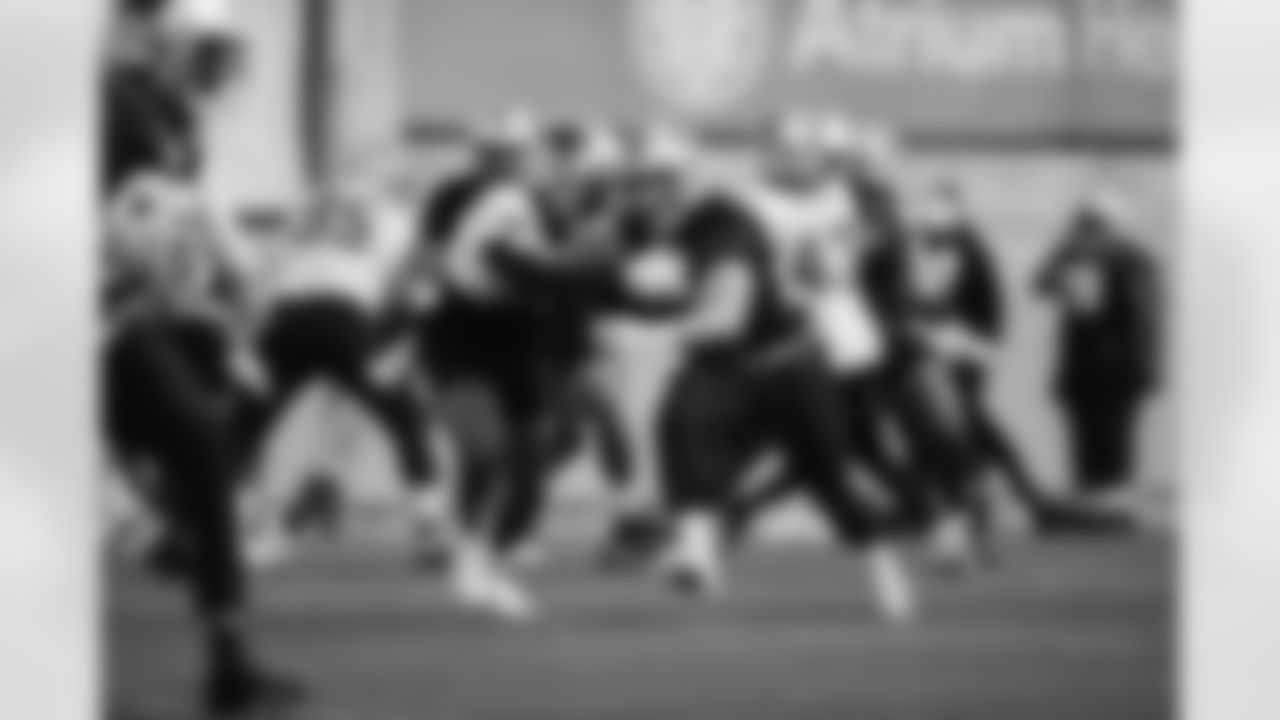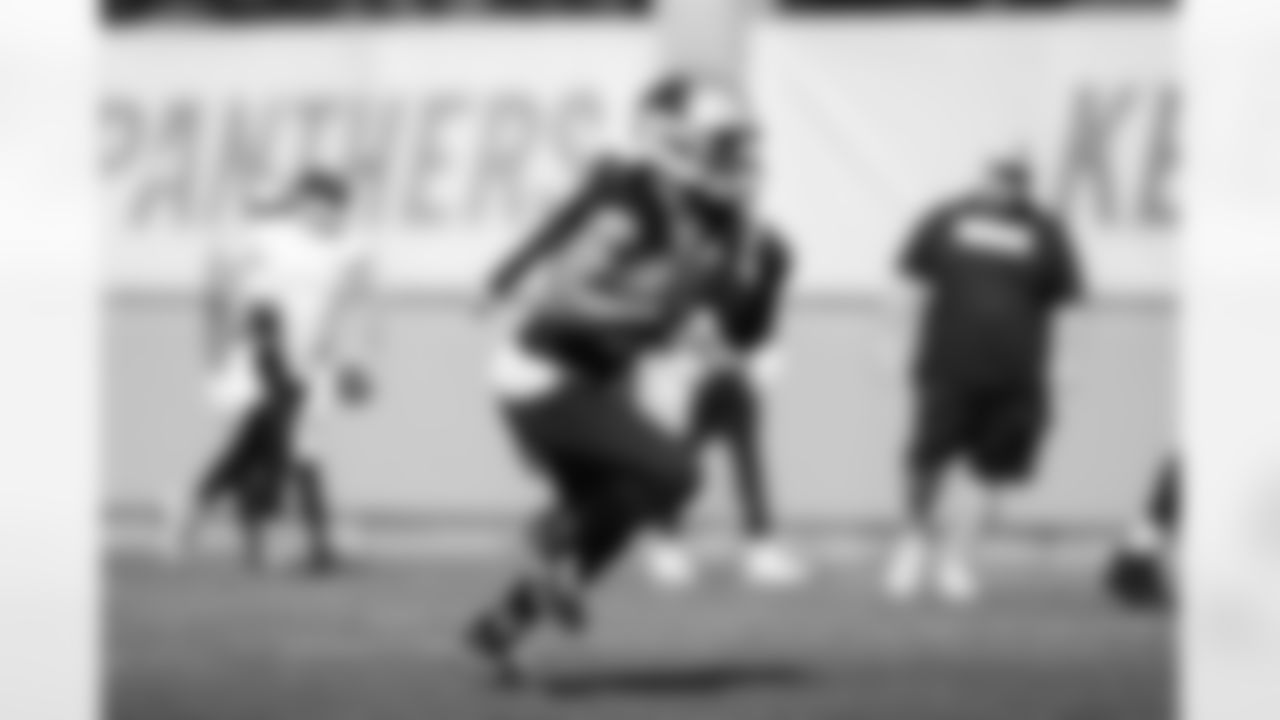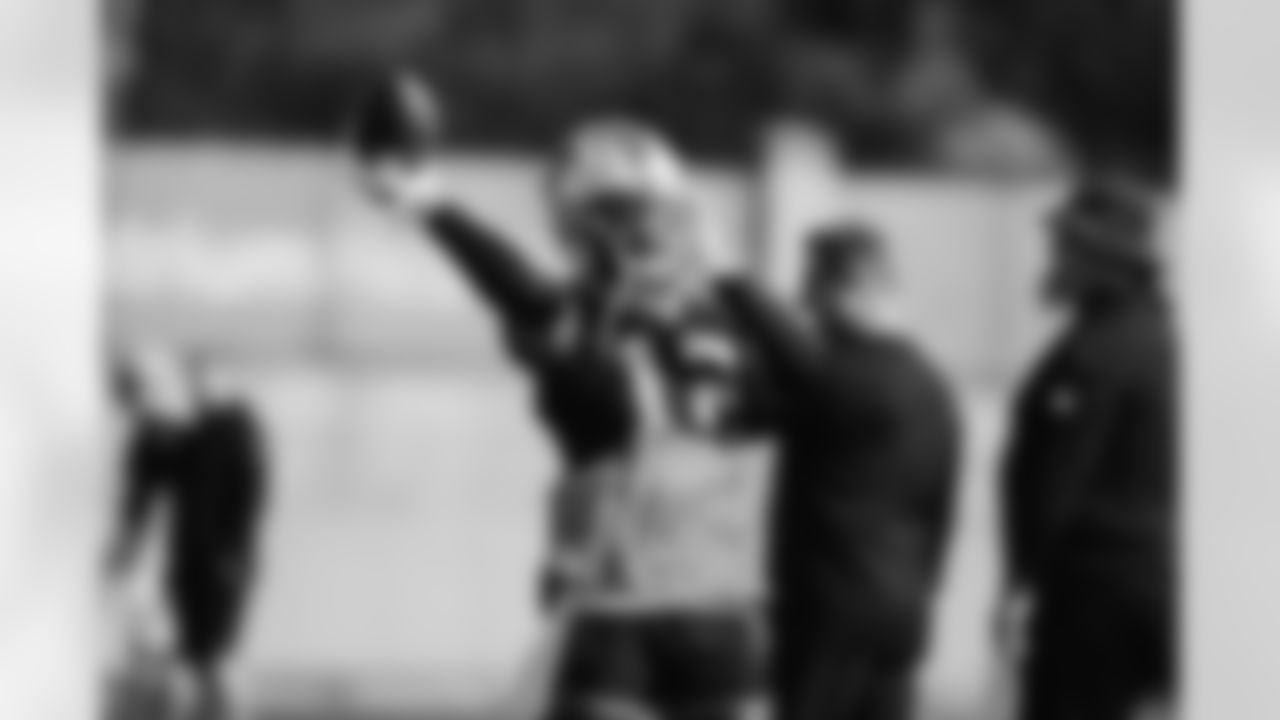CHARLOTTE — Because he's a courteous person, Panthers quarterbacks coach Sean Ryan apologizes, since it might appear rude if he glances at his phone.
It's just that he's waiting on a message about his next meeting. He's had a lot of meetings lately. And there are a lot more ahead. And they're pretty important.
Ryan's getting to know new Panthers quarterback Cam Newton well this week, or at least as well as you can know someone you had never met until 10 days ago. The first three days of that was a whirlwind, which led to another chapter of Newton's mythology in Arizona when he scored touchdowns on his first two snaps. Now they're settling into something resembling a relationship, and that takes time. So as Ryan had a few moments between his sessions with Newton this week, he explained a little about the process of catching Newton up, and changing a tire on a moving car.
"You start, right at the beginning, by building a relationship with the guy," Ryan said. "We're all just people; we're going to work together on a daily basis and see each other a lot. So you want to know a little bit about them, and he needs to know a little bit about me.
"It always has to start at a personal level. But obviously, when he gets here last week, the first real meeting I have with him is on Friday and you play on Sunday. There's only so much personal you have time for."

The more they talk, Ryan will learn about Newton's kids, where he stays in the offseason, what he likes to do when he's away from work. But for now, it's mostly football. A lot of football. Intense football. Football from the ground up.
"You've got to coach from the huddle to the ball," Ryan said. "Everybody talks about learning plays and concepts, and that's all true, but the guy's never been in our huddle. So you start with the general information section of the playbook. How we huddle, our terminology. Some concepts will be familiar to players because they've seen them in different places, but it has a different name.
"So we start with general, these are our words for it. This is how we line people up. Sometimes there's carryover, sometimes there's not. This is our cadence, to get the ball snapped. That's the starting point, the personal level and just the basics of the offense, just to get to function. Then here's the concepts we think we can get done in the next 48 hours, with him, that maybe we'd have a chance of executing on Sunday."
Those few concepts clearly worked last week, but it wasn't easy getting there.
Newton laughed as he delivered one of his patented one-liners after the game, when he was asked how much of the Panthers' playbook he knew before the Arizona game.
"Two touchdown's worth," he said with a grin, knowing he nailed that one as well as he had the Cardinals' goal-line defense.
But getting to that point was not simple.

Quarterbacks who have done similar things before tell a similar story. It's impossible to eat the entire elephant in a week, so you try to chew on as much as you can as quickly as possible. It would help if the new offense is in a language you speak, but that's not always the case.
NFL offenses used to be more rigid. If your offense came from a Don Coryell background, your offense was built on a number system. If you were running a Bill Walsh-style West Coast Offense, you might call it something completely different and might sound way more complicated. But as the league has evolved, the differences between types of offenses have softened, even if the terminology hasn't.
But when you've been around enough of them, you see patterns emerge.
Former No. 1 overall pick Vinny Testaverde, who somewhat famously joined the Panthers on a Wednesday and started on a Sunday in 2007, learned a lot in his 21 years in the league.
"The key is to not be so anxious about it when you walk into a new setting," Testaverde said. "It's just learning a new language. I don't know German, but I know what a slant and a flat are, so it's just a matter of figuring out what these guys call it."
When he joined the Panthers on short notice, Testaverde was mostly handing the ball off and dumping short passes, as he was meeting a new cast of players and a new coaching staff with limited practice reps. But he did unload a 65-yard touchdown pass to Steve Smith, showing he still had plenty of arm.
But his familiarity with the entire encyclopedia of NFL offense obviously helped.
For former Panthers quarterback Jake Delhomme, it wasn't always so simple.
When his days with the Panthers were over, he spent a year with the Browns under Brian Daboll. That gave him a taste of the Erhardt-Perkins offense the Patriots scheme was founded in, after his years of success in a Coryell-based system under Dan Henning here. He started his career in New Orleans with Mike McCarthy, learning West Coast principles. But when the Houston Texans needed help in a hurry in 2011 (after injuries to Matt Schlub and Matt Leinart), he was shocked by how different their playbook was.
"That was the most difficult cramming process of my entire life, because I had never run any Gary Kubiak/(Mike) Shanahan offense," Delhomme said. "It was very difficult to pick up, because it was just a different volume of verbiage. That was a whole different baby."
Delhomme said that in his first week, he probably knew about 20 plays he could functionally run, and if you ran them to the left or right, that made it 40.
For Newton, the Panthers narrowed the scope of what they asked of him, putting in a small package of goal line and red zone stuff that catered to his strength.
His first play was obviously a nod to that physical strength, as he stiff-armed and went over a couple of Cardinals defenders en route to the end zone. But they also had a small group of passing plays he was familiar with, and that touchdown to Robby Anderson proved he picked up the stuff he knew quickly.
Now, it's a matter of building progressively, finding things he's more familiar with in his background, and developing those themes.
While Newton wasn't eager to draw comparisons to anything past (especially with his old coach Ron Rivera coming in this week), he seemed to acknowledge that learning a whole new system in New England last year could have helped with this process he's going through now. If not the particulars of the Patriots' system, the act of learning new tricks was beneficial.
"I wouldn't say it was something about being up there, it's just something about having the mental fortitude to learn," Newton said.
Both Testaverde and Delhomme agreed that the time with Bill Belichick would help.
"It's great exposure for any quarterback to go to New England, to learn their system, because it helps you with whatever else you have to learn," Testaverde said.
Delhomme said it's not as much about any particular play-calls they had, but the way they teach. He learned that during his time with Daboll, a former Patriots assistant who is now the Bills offensive coordinator. Daboll's first two years with the Patriots were as a defensive assistant, before he moved to receivers and tight ends.
"For Cam, it's not about the Patriots offense; it's about what the Patriots taught him about defenses," Delhomme said. "They train their coaches on the opposite side of the ball so that they can learn weaknesses of defense, how to pick up on certain coverages, the keys and tips in the red zone, and how to challenge that stuff.
"That can open your eyes to a whole different kind of football."
And according to Ryan, Newton's eyes are wide open, around the clock.
After the long overnight flight home from Arizona, most players were out by mid-afternoon on Monday. Newton was still in the office long past dark, meeting with Ryan and offensive coordinator Joe Brady to get caught up.
They've done a combination of work on the practice field, in the classroom, on video, and using the team's 8K wall (a giant projector that beams opposing defenses onto the wall, which allows you to effectively do a walk-through indoors).

Ryan said he's been impressed with Newton's aptitude for their offense, and also his willingness to put in the time it takes to learn it.
"The first thing you need is the player's want-to," Ryan said. "The player's going to have to come in early, stay late, even when we can't meet with him as coaches, on his own, watching film and figuring it out.
"That's the starting point. If a player is able to figure it out, and put the hours in, then you have a chance. Cam has certainly done it. . . . It's been a positive thing. He's got great energy, and he's very dedicated to his craft. When you have that, it allows you to coach it and teach. He's been all that and then some."
As they've taught, they've built in small chunks.
Head coach Matt Rhule explained early this week that it wasn't about teaching Newton the playbook as it was the specific game plan for Washington, giving it to Newton (and, for that matter, new backup Matt Barkley) in digestible chunks.
Then they get feedback from him, find out what he's most comfortable with, and customize a package of plays he and they feel good about running.
So while Newton will take the first snap Sunday, they're still going to use P.J. Walker. That's because they're still adding, with every passing position meeting, with every passing walk-through, with every passing practice. And all the individual meetings, which is why Ryan was checking his phone to see when Newton wanted to get back in for extra work after most players had left for the day.
The more they learn together, and about each other, the better able they'll be to figure out what works best.
"Our offense is multiple, we do a lot of different things, and a lot of it is based on what does each guy do well," Ryan said. "And then we identify that, and Joe calls the game accordingly on who's in the game.
"That's what we do. We figure it out, at the end of the day. There are challenges to every job. We're just going to get it done. It's going to take some work, so we'll get it done. That's our job."
View photos from Thursday's practice as Carolina prepares to take on Washington in Week 11.
